
If you look very carefully, you might be able to spot ducks, fish, turtles and more in our lake at Lake Treeby. Try finding these ones.
Long Necked Turtle – Chelodina colliei

Chelodina colliei, also known as the southwestern snake-necked turtle or Choonya (Booyi), is a semi-aquatic freshwater turtle. They are known for their long neck that retracts sideways into the shells, differently than other turtles.
These species are small, and mostly below 300mm in length. They have limbs with webbed feet with four claws, and ankle joints and are estimated to live for up to 30-40 years.
Although they are small, they are considered the underwater apex predator, generalist feeders, and opportunistic carnivores. They eat mostly macro-invertebrates, but their diet changes, and can also eat carrion, frogs, organisms found in the water, and fish. This turtle uses the ‘gape-and-suck’ feeding method, where it will strike at passing prey, quickly enlarging the mouth cavity, which acts like a vacuum to suck the prey into the mouth.
They breed during winter and spring, whilst nesting occurs in Spring and Summer. During this time, a single female can lay up to three clutches, totaling between 25 and 40 eggs. An average clutch size of eight eggs is reported for the spring reproductive season, and four eggs for the summer season,
This turtle species can be found at seasonal and permanent freshwater habitats such as wetlands, rivers and lakes. You may be lucky and see some long necked turtles around the lake!
Information sources: https://rivers.dwer.wa.gov.au/species/chelodina-colliei/
Common Carp – Cyprinus carpio
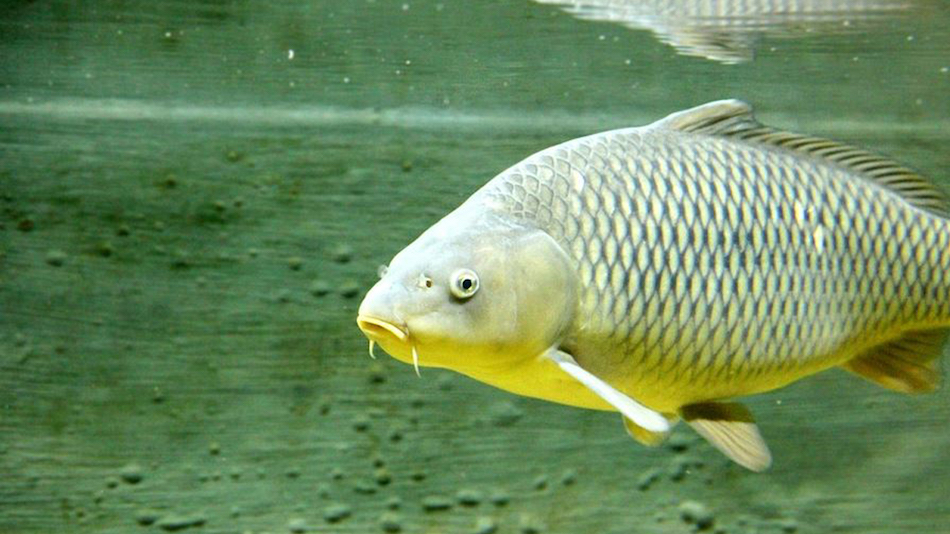
The carp is a widespread freshwater fish. They live in large and small man made pools and reservoirs, as well as slow or fast moving rivers. At Lake Treeby, you can spot carp in the lake.
These species at the third most frequently introduced species worldwide, and they can live up to 20 years.
Carps are large body and quite heavy, weighing at least 8 kg in south-western Australia. They have bright coloration and barbels around their lips. These barbels are what distinguishes them from the goldfish.
Pacific Black Duck
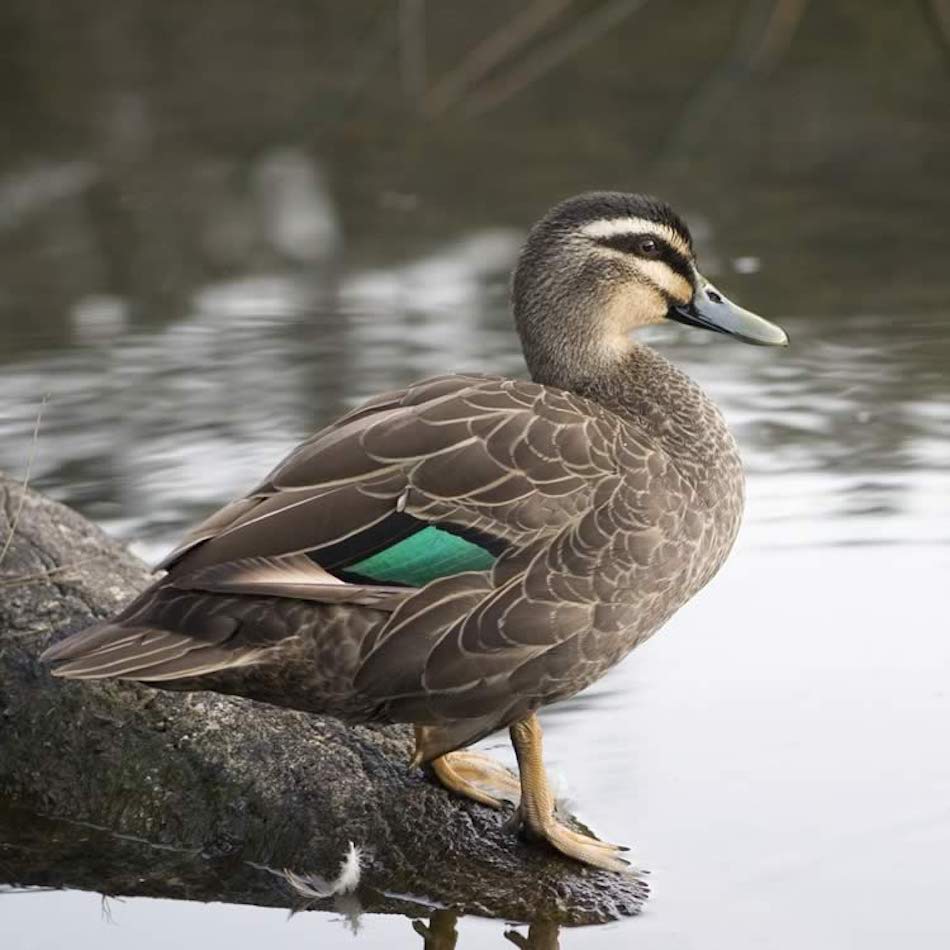
The Pacific Black Duck are also dabbling ducks and they are considered one of the most versatile of the Australian ducks. They can be seen in all types of water and all regions of Australia, though they prefer arid regions.
These species use an oil produced from a gland at the base of their tail to become waterproof, which helps them at the time of looking for food.
Their diet consists mainly of seeds of aquatic plants, though they complement it with molluscs, crayfish, aquatic insects and larvae. Their weight is usually between 1 to 1.4 kg, with a body length of 50 to 60 cm.
Freshwater Crayfish – Restricted Gilgie – Cherax crassimanus

The colour of this crayfish varies from light to dark greenish brown, generally with distinctive mottling and often with a central light brown/orange central stripe and basal portion of legs being reddish-orange.
This crustacean species is somewhat rare and they are mostly found between Margaret River and Denmark.
They inhabit both permanent and ephemeral streams, but they prefer small, shallow systems, similar to Lake Treeby.
Its total length can reach up to 70 mm.
Frogs
Treeby is blessed with a big variety of frogs. More than one third of Australia’s total frog fauna occurs in Western Australia. The frogs that can be seen in Lake Treeby are the
- Motorbike Frog
- Western Banjo Frog
- Quacking Frog
- Moaning Frog.
The Motorbike Frog (Litoria moorei) reaches up to 8 cm in body length. Their fingers are unwebbed and toes are nearly fully webbed.
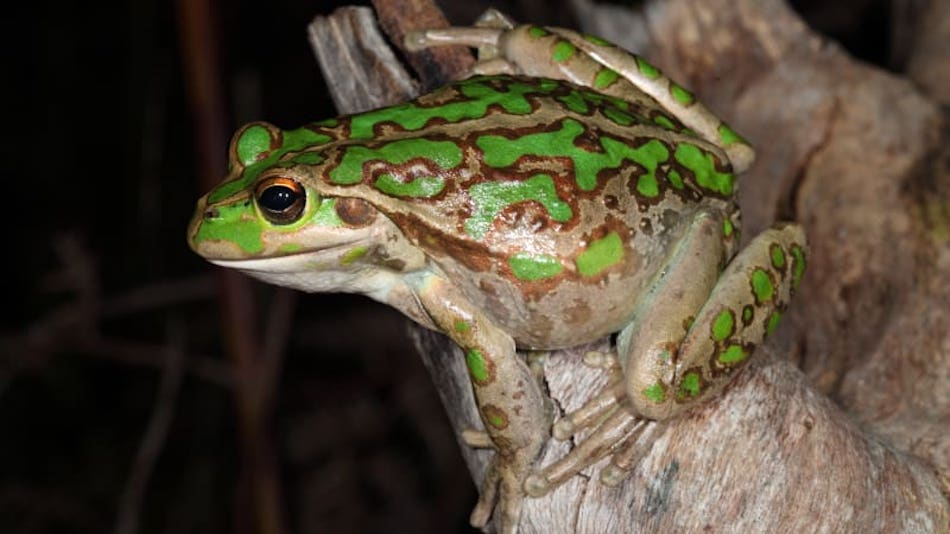
The Western Banjo Frog (Limnodynastes dorsalis) can be up to 7.5 cm long. Their back is grey or dark green with irregular dark brown blotches. They are also distinguished by their glandular ridge at the corner of the mouth and large glands on their calves.
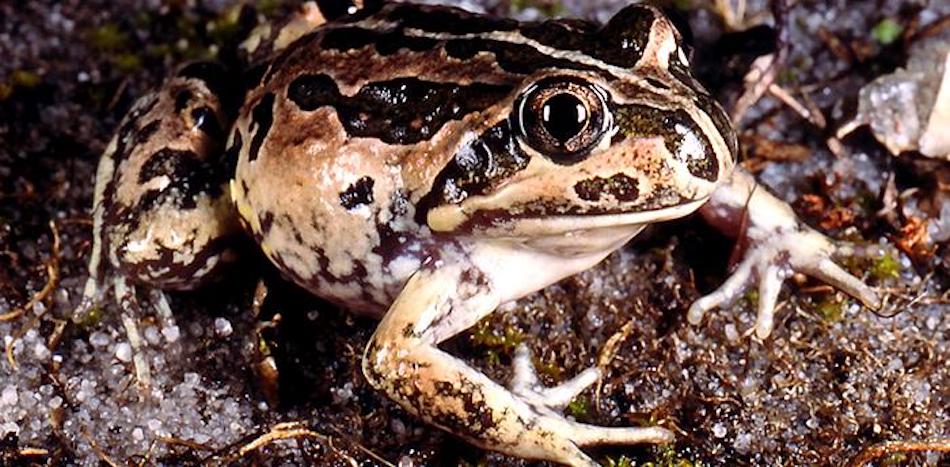
The Quacking Frog (Crinia georgiana) is a smaller frog, reaching up to 4 cm long. It’s a ground-dwelling frog with a variable back pattern that can be either smooth or ridged areas of dark brown, light tan and grey. However, some males are coloured red during breeding.

The Moaning Frog (Heleioporous eyrie) reaches up to 6.5 cm long and has a powerful and robust build with short limbs. Males have larger arms but don’t have sexual features that distinguish them.
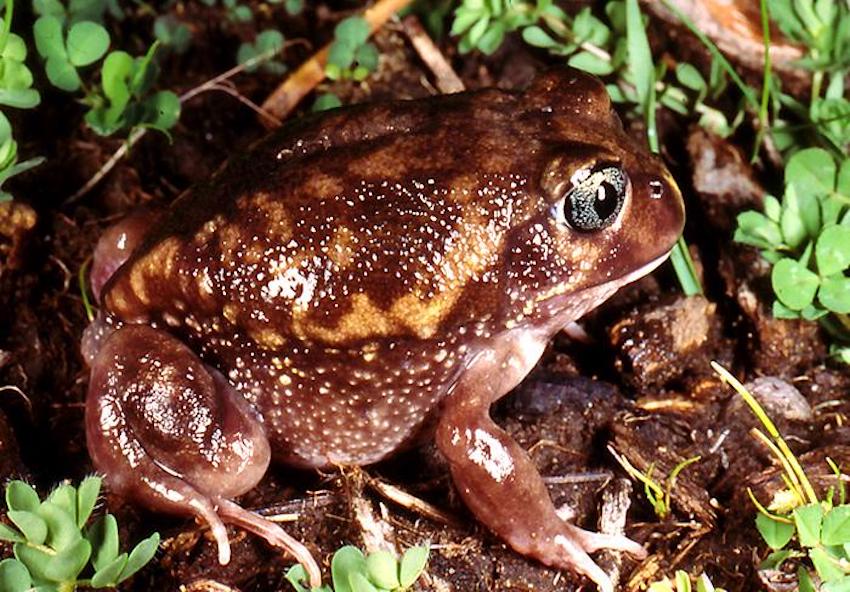
More Creatures & Flowers
Check out more local flora and fauna in the links below:
